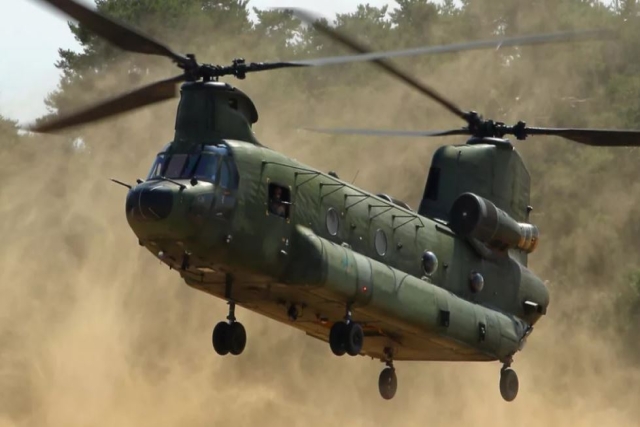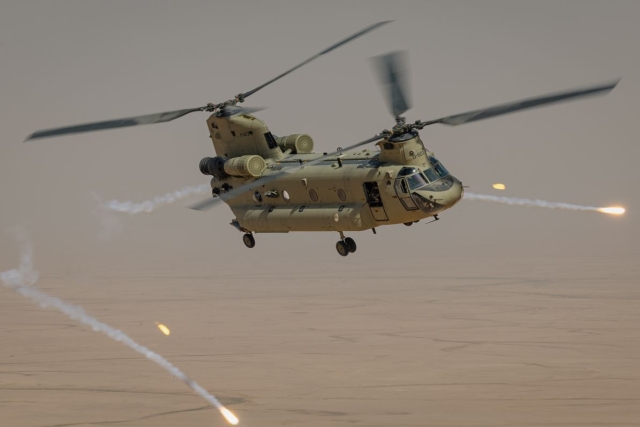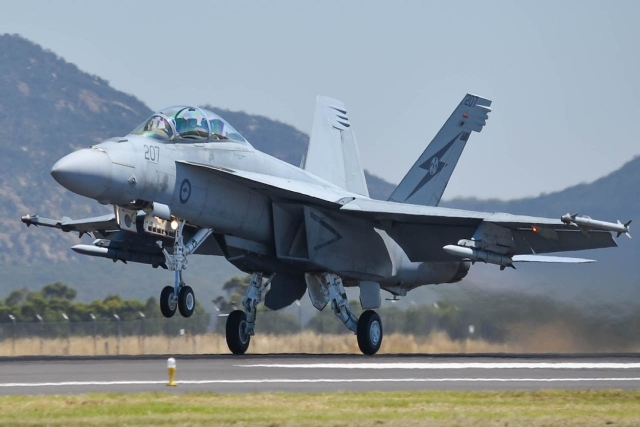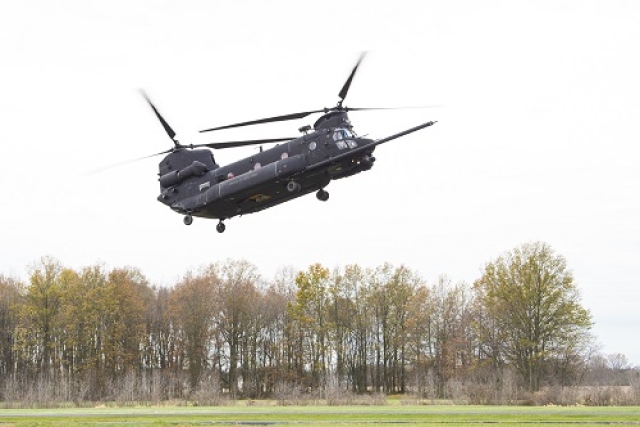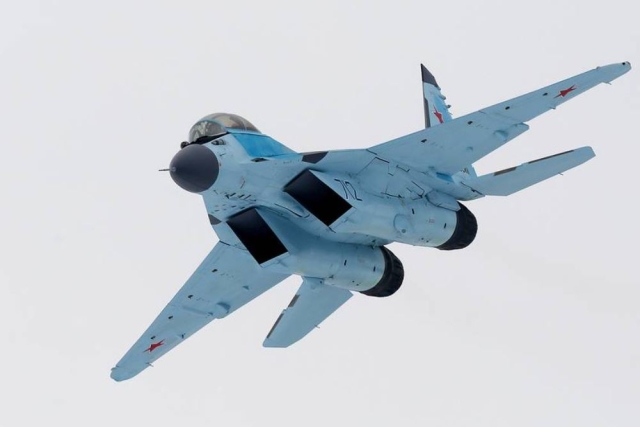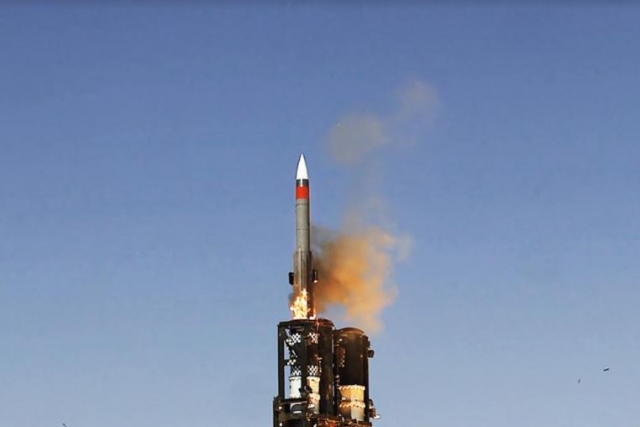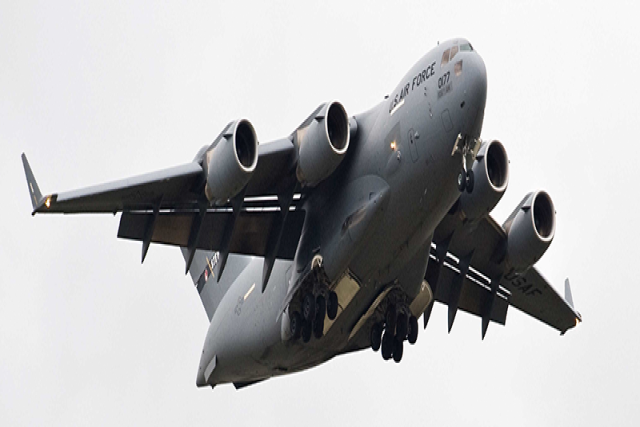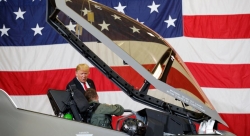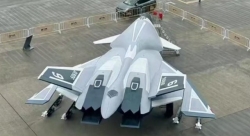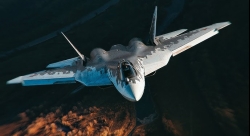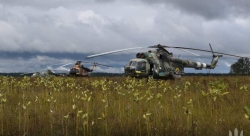Spain Unveils Europe’s First Chinook CH-47F Simulator at Army Helicopter Academy
The visit marked the delivery of the final CH-47F to Battalion V (BHELTRA V).
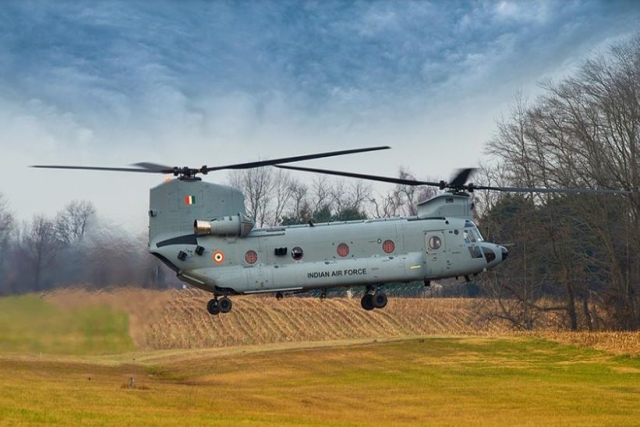
Spain has inaugurated the first Chinook CH-47F helicopter simulator to be manufactured in Europe at the Helicopter Simulation Center (CESIHEL) of the Army Aviation Academy (ACAVIET), located at Colmenar Viejo.
The Spanish Minister of Defense, Margarita Robles, and Secretary of State for Defense, Amparo Valcarce, visited the site on the occasion, joined by military authorities and Ángel Escribano, Executive Chairman of the Indra Group—the company behind the simulator’s development. The visit coincided with the delivery of the final CH-47F unit to the Army’s Transport Helicopter Battalion V (BHELTRA V).
The new simulator forms part of an integrated training system that includes a full mission simulator (FMS), flight training device (FTD), and computer-based trainer (CBT), all provided by Indra. This system is designed to train crews across all phases of helicopter operation.
The synthetic training setup allows pilots to cut actual flight hours by up to 40 percent. This approach not only boosts safety but also reduces wear and tear, fuel use, and maintenance costs.
To support this, Indra has implemented a networked simulation architecture based on the HLA standard. This setup connects the Chinook simulator with others used for Tiger, Cougar, EC135, and NH90 helicopters at different bases, allowing pilots to train jointly in shared virtual scenarios.
The simulator also includes a 4LED projection system with an infrared light channel, enabling pilots to train using night-vision goggles (NVG). The system offers high-definition visuals of terrain and urban areas to help pilots familiarize themselves with mission environments before deployment.
Indra developed the simulator using real avionics components from the aircraft itself. This ensures training accuracy and future compatibility with upgrades to the actual Chinook CH-47F fleet.
With a payload capacity of 10 tons and the ability to carry dozens of troops, the CH-47F plays a critical role in logistics, rescue, and deployment missions. Multiple nations are extending the helicopter’s operational life beyond 2040 through similar modernization efforts.
